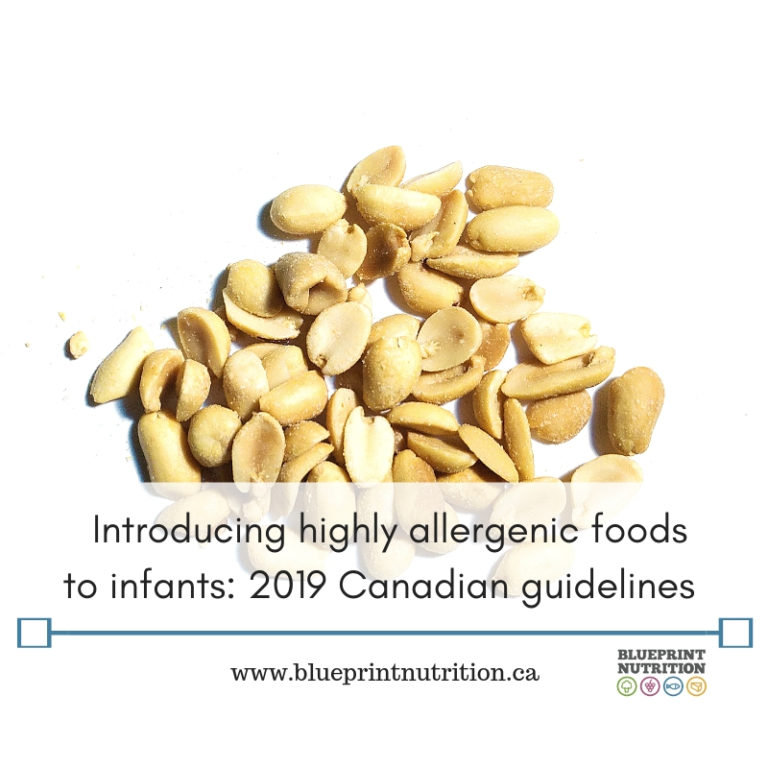If you’re a new parent, there is a high probability that you’re suffering from information overload on every and any topic related to babies and parenting, but most certainly on how to feed your baby! From breastfeeding to formula feeding, baby-led weaning to purees, organic to conventional foods, omnivore to vegan diets, there’s a position or choice to make about everything!
One of the areas that have been particularly confusing over the past few years is the topic of introducing highly allergenic foods to babies, in particular, peanuts. Reported rates of food allergy in Canada vary between 2 to 10%. Parents are desperate to minimize their child’s risk of becoming part of this statistic, as developing food allergies is life-altering to the child and the family unit.
Depending on which health authority you referenced in the past (i.e. Health Canada, the Canadian Pediatric Society (CPS), The Canadian Society of Allergy and Clinical Immunology, the World Health Organization etc.), you received a slightly different answer. This is not because they want to confuse you, it’s because these organizations evaluate new research at various times and re-write position statements as they believe there is adequate evidence to make a change.
Since the CPS’s last position paper (2013-2014) on the introduction of allergenic solids for babies at high risk, there have been a good number of new, well-designed clinical trials published in the field of infant allergy. This prompted the further refining of their position.
(I am not going to review each of the studies that contributed to this change, but you can reference the journal articles which are listed in the summary paper by the CPS here.)
What foods are highly allergenic?

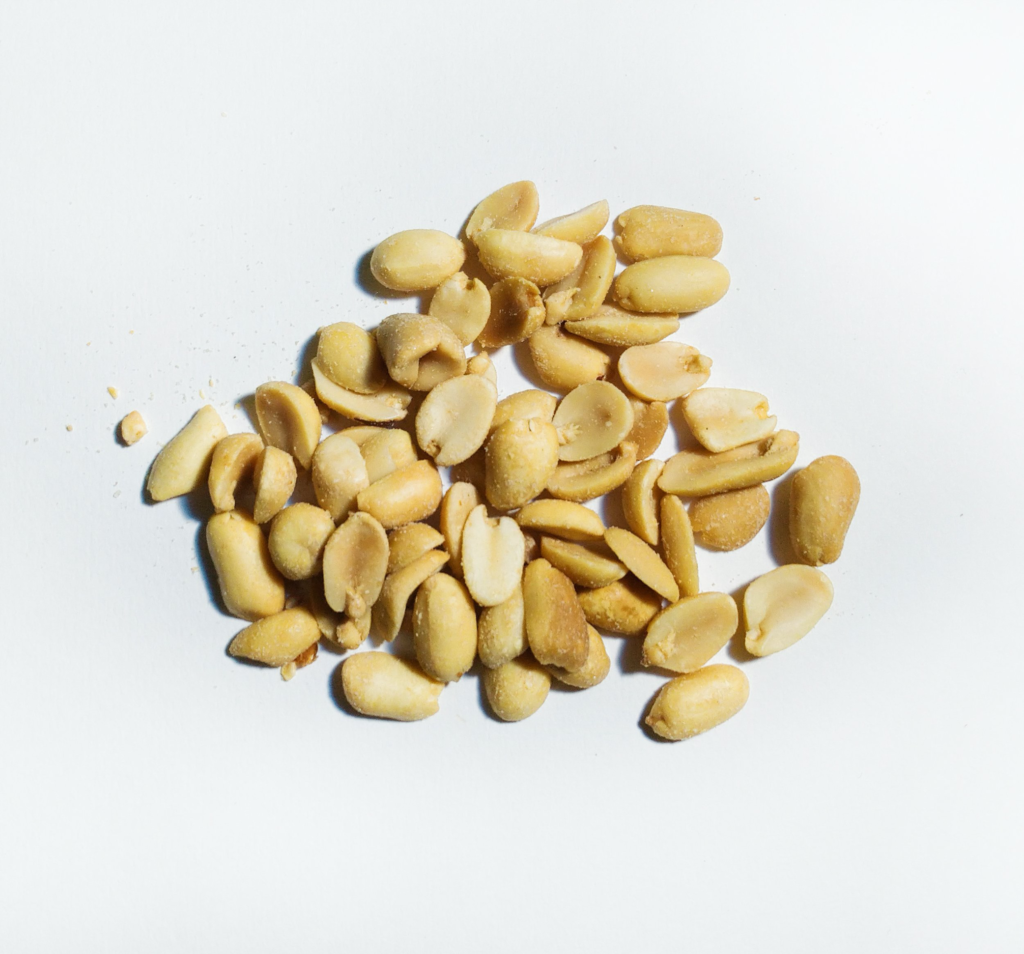

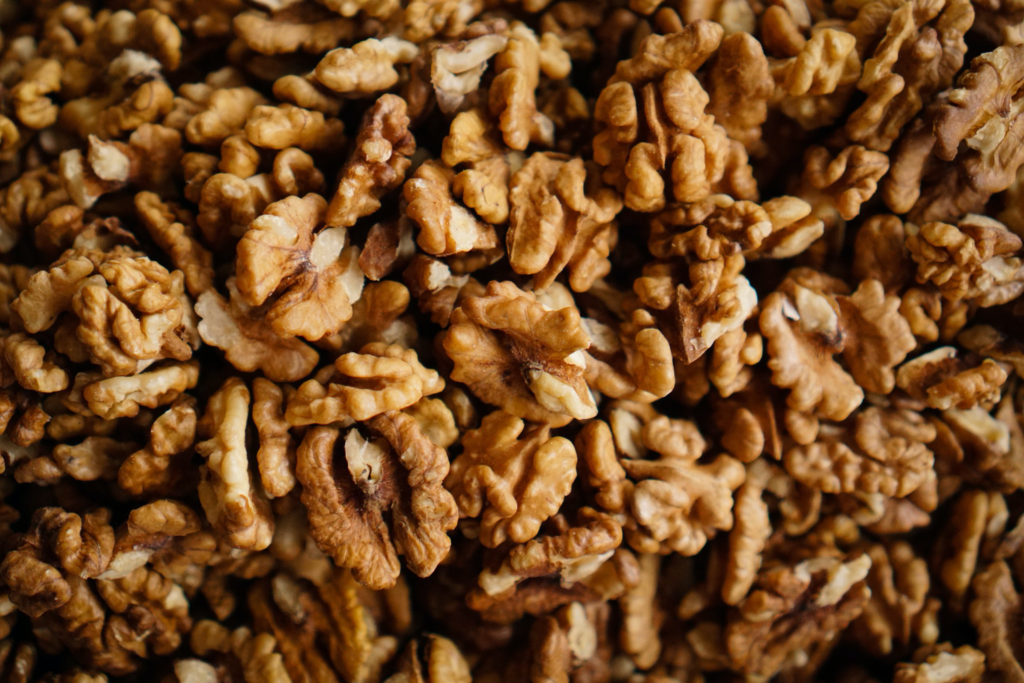
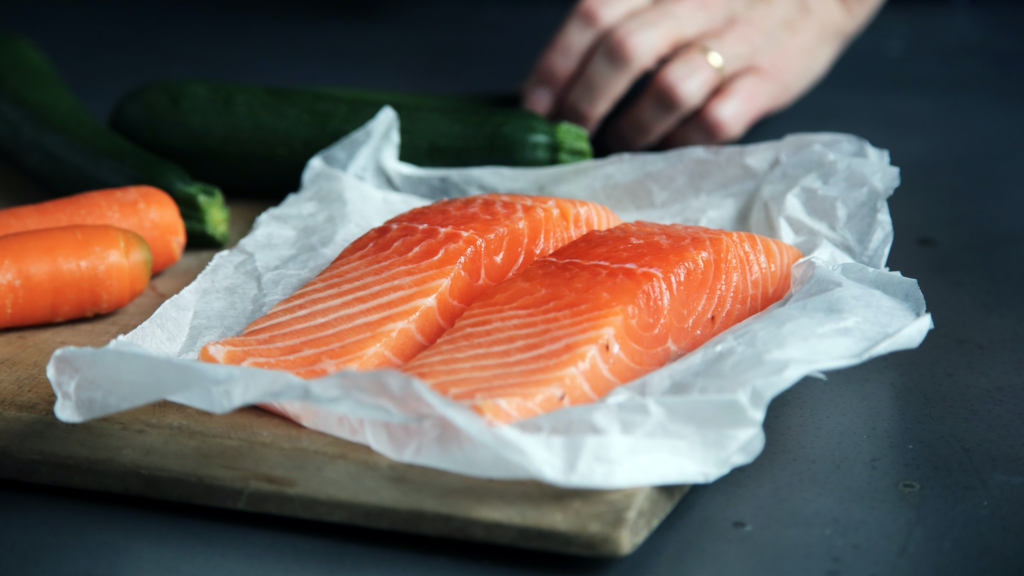

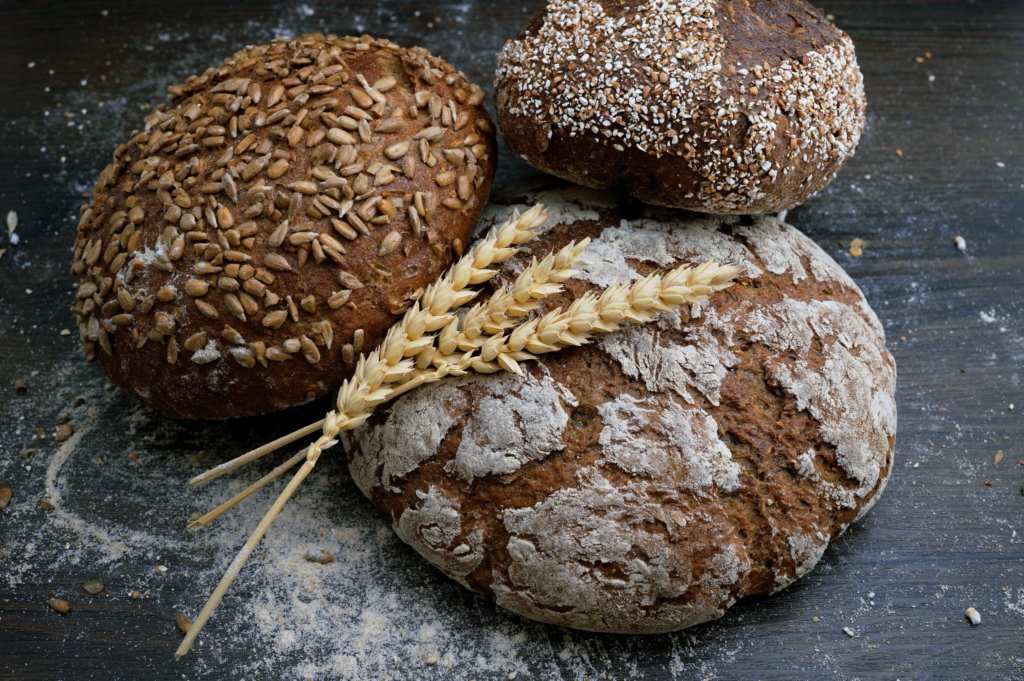

In theory, any food can cause an allergic reaction. In my practice, I have seen or heard of severe food allergies to just about every food … well, except lettuce or spinach! The CPS, along with most other health authorities, list the following foods (commonly referred to as the “Big 8”) as being highly allergenic:
- Cow’s milk
- Egg
- Peanut
- Tree nuts (include almonds, walnuts, pine nuts, pecans, pistachios, cashews, Brazil nuts and macadamia nuts)
- Fish (i.e. tilapia, cod, salmon, tuna etc.)
- Shellfish (i.e. crab, lobster, shrimp etc.)
- Wheat
- Soy
Which babies are considered “high-risk” for developing a food allergy?
The following guidelines have been written for infants who are considered to be at high risk for developing food allergies.
The CPS defines an infant at high risk of developing a food allergy as having a personal history of atopy (i.e. eczema) OR having a first-degree relative (parents or siblings) with atopy (i.e. eczema, food allergy, allergic rhinitis, or asthma).
Please note that for children who are not at high risk, the recommendation is for the regular introduction of allergenic foods with all other solids at or around 6 months of age.
Guidelines for introducing highly allergenic solids to high-risk infants:
These guidelines have been taken from the CPS website. The commentary below each point is my own addition to help further explain their recommendation.
- If an infant shows signs of readiness for eating, parents can consider introducing common allergenic foods around 6 months of age, but not before 4 months
- Otherwise stated, anytime between 4-6 months of age.
- Even if your baby is not considered high risk, I would encourage you to start offering allergenic foods as soon as you start feeding him or her solids, around 6 months of age.
- Allergenic foods should be introduced one at a time, to gauge reaction, without unnecessary delay between each new food.
- I recommend to introduce new foods in the morning. This way, if your baby has an allergic reaction, you have the whole day to figure it out. The last thing you want is your baby to break out in hives at 6 p.m. and then have a cranky and tired baby in the emergency room past bedtime!
- There is no need to wait more than 24 hours before introducing another highly allergenic food. The old guidelines had us waiting 3 days and at that pace you would be old and grey before you got to them all!
- The texture and size of any solid food should be age-appropriate to prevent choking.
- For example, do not give a baby a peanut! Rather, dilute natural smooth peanut butter with breastmilk or water or another already tolerated pureed fruit or vegetable
- If you need more ideas on how to introduce these foods, please don’t hesitate to contact us for an appointment.
- If an infant is tolerating a common allergenic food, parents should offer it a few times a week to maintain tolerance.
- This was a key finding of the allergy prevention research – the frequent offering of the food helps the body to understand this is a ‘welcome guest’ and there is no need to sound the alarm!
- This was a key finding of the allergy prevention research – the frequent offering of the food helps the body to understand this is a ‘welcome guest’ and there is no need to sound the alarm!
- If an adverse reaction is observed, parents should consult with their primary care provider about next steps.
- Note that a reaction can happen almost immediately or hours after eating. A mild reaction would consist of itchy skin, rash or runny nose. A severe/extreme reaction would include diarrhea, vomiting, swelling (usually of mouth and/or eyes, trouble breathing or swallowing. If your child experiences a severe or extreme reaction, call 911.
- Note that a reaction can happen almost immediately or hours after eating. A mild reaction would consist of itchy skin, rash or runny nose. A severe/extreme reaction would include diarrhea, vomiting, swelling (usually of mouth and/or eyes, trouble breathing or swallowing. If your child experiences a severe or extreme reaction, call 911.
- Breastfeeding should be protected, promoted and supported for up to 2 years and beyond.
- Yes! Let’s not forget that breastfeeding in and of itself is a fantastic way to help lower your baby’s risk for developing allergies and has a host of other immunological and developmental benefits.

In closing, I do want to reinforce that the people who wrote this position statement are very smart, as are the people who conducted the studies that were used in the creation of these guidelines. I know that your mom or mother-in-law may have raised 7 children, none of whom had any allergies, and knows how to feed a baby with her eyes closed, but please trust this new research over her suggestions 🙂
Take it one bite at a time,
Rosanne
